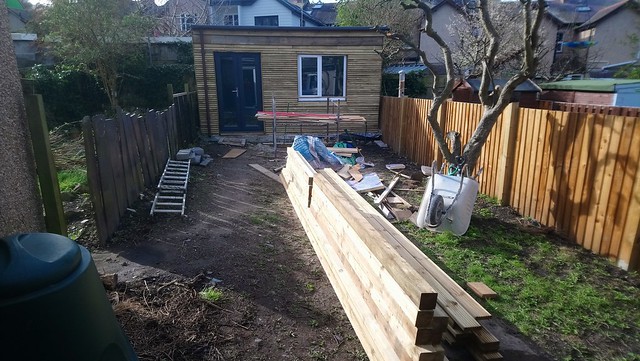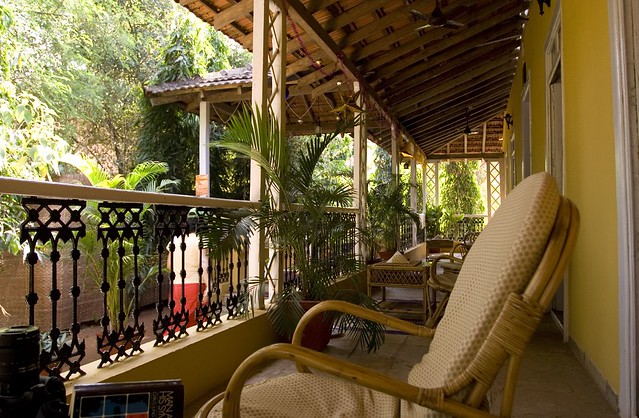Podcast: Play in new window | Download
Here are details of the latest developments on Omniglot websites and blogs.
This week the new language and numbers pages on Omniglot are all in Zapotecan languages, which belong to the Oto-Manguean language family and are spoken mainly in the state of Oaxaca in southern Mexico. The new language pages are:
- San Dionisio Ocotepec Zapotec (Diza), which is spoken in the town of San Dionisio Ocotepec in Oaxaca.
- Güilá Zapotec (Diza), which is spoken in the town of San Pablo Güilá in Oaxaca.
- Choápam Zapotec (Diꞌidzaꞌ xidzaꞌ), which is spoken in Comaltepec in Oaxaxa, and in Arena and Playa Vincente in the state of Verzcruz.
- Rincón Zapotec (Didza Xidza), which is spoken in the Villa Alta District of the Sierra Norte Region of Oaxaca.
- Miahuatlán Zapotec (Diiste), which is spoken in the town of Santa Catarina Cuixtla in the Miahuatlán District in the south of the Sierra Sur Region of Oaxaca.
- Zoogocho Zapotec (Diža’xon), which is spoken in the Villa Alta District of the Sierra Norte Region of Oaxaca, and also in Oaxaca City.
There are a new numbers pages in: Choápam Zapotec, Rincón Zapotec and Isthmus Zapotec, which is spoken in the southeast of Oaxaca.
There a new constructed script called Rahmat, which is a way to write English, Indonesian and other languages devised by Zackye Rahmat.
It looks something like this:

On the Omniglot blog this week there’s a post called Fiery Lakes about the French idiom Il n’y a pas le feu au lac (“There’s no fire on the lake”), and the usual Language Quiz – see if you can guess what language this is.
The mystery language in last week’s language quiz was Otomi (Hñähñu), an Oto-Manguean language spoken in central Mexico.
There’s a Celtiadur post about words for keys and related things in Celtic languages.
In the Adventure in Etymology we explore the origins of the word deck.
I also made improvements to the Yiddish language and Yiddish phrases pages.
For more Omniglot News see:
https://www.omniglot.com/news/
https://twitter.com/Omniglossia
https://www.facebook.com/groups/omniglot/
https://www.facebook.com/Omniglot-100430558332117
You can also listen to this podcast on: Apple Podcasts, Amazon Music, Stitcher, TuneIn, Podchaser, PlayerFM or podtail.
If you would like to support this podcast, you can make a donation via PayPal or Patreon, or contribute to Omniglot in other ways.











